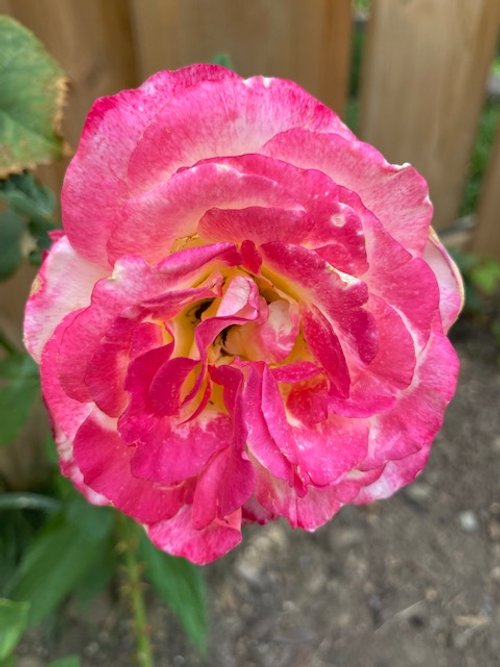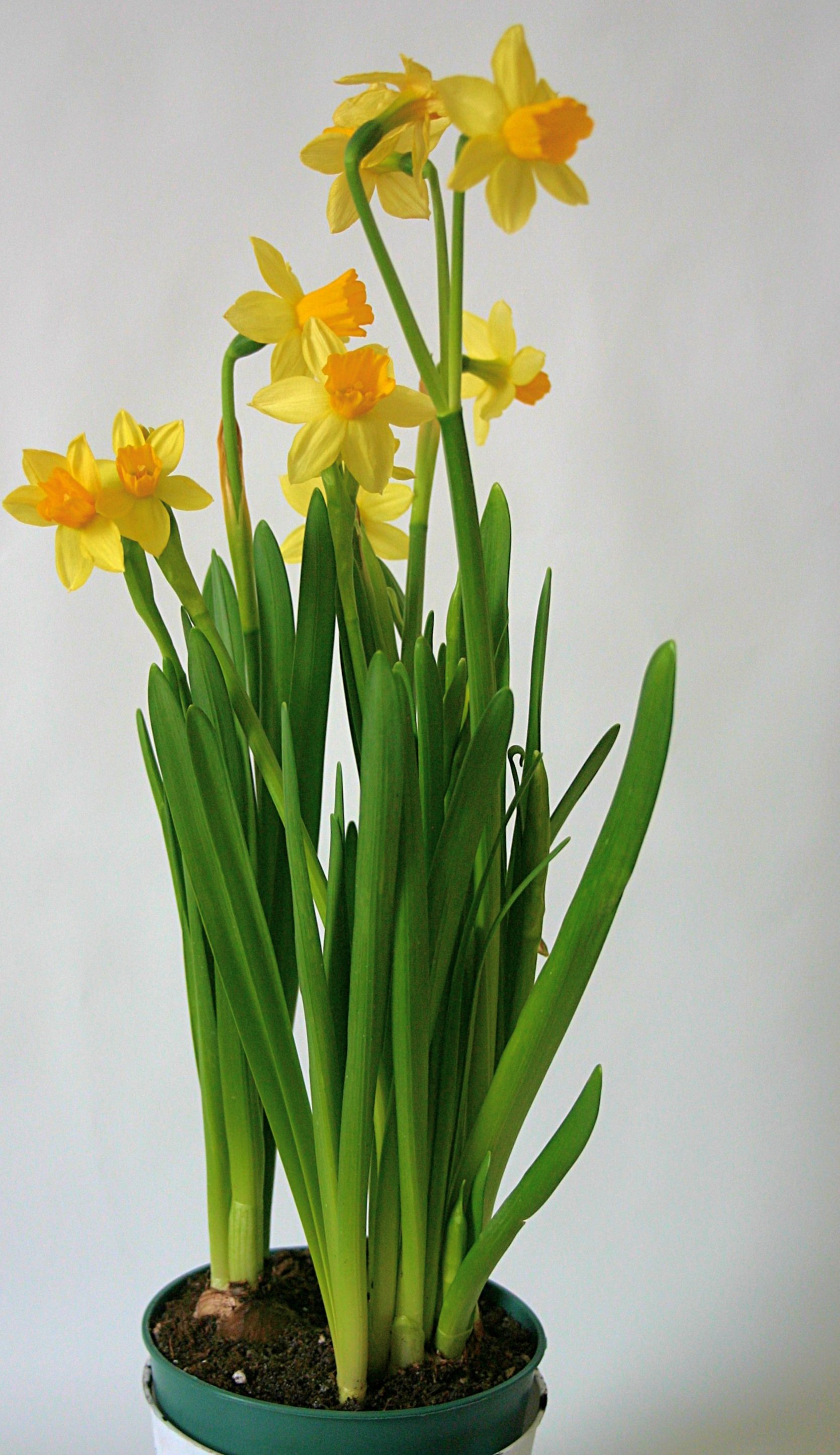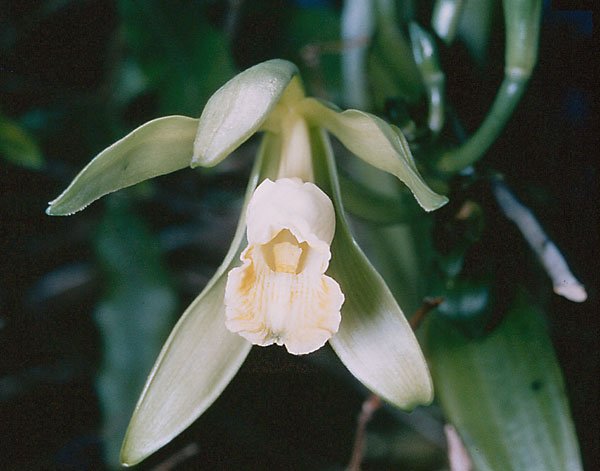Plant Care Guidelines By Plant
-
African Violets are beautiful flowering plants that are relatively easy to care for.
Watering - Let the plants dry out between watering and do not over water. African Violets prefer to be watered from the saucer below rather than from the top.
Light - African Violets need bright indirect light. Keep away from cold air, drafts and windows.
Feed - Use the seaweed fertilizer once a month and keep the leaves clean using the Nutritional Leaf Spray.
Soil - Use soil with a lot of peat. African Violets prefer soil that is slightly acidic
-
Aloe Vera are relatively easy to care for. It is well suited for being a potted plant.
Watering - Aloe Vera need little water and should be in a well drained soil. This plant is ideal for those that forget to water. Water when the soil feels dry to the touch. During the summer this can be weekly and during the winter this can be as little as monthly.
Light - Aloe Vera enjoys the morning sun.
Feed - Use the Seaweed Fertilizer once a month. Spray with the Nutritional Leaf Spray whenever the leaves are dusty.
Soil - Use a sandy soil or a soil with small pebbles. About half the soil should be potting soil with a good organic content
-
Basil is relatively easy to care for. It is well suited for being a potted plant. It prefers being warm and is cold sensitive.
Watering - Although Basil needs well-drained soil, it still needs a relatively constant supply of moisture. It is best to water at the base of each plant.
Light - Basil enjoys at least 6 hours of sun. per day.
Feed - The natural seaweed fertilizer is ideal for Basil. Fertilize once a month.
Soil - Basil prefers a soil with a high organic content and the retains the moisture well. A good quality potting soil usually works well.
-
Cilantro is a herb and needs a lot of sunlight and a lot of water. The seed from cilantro is Coriander and it seeds easily. It is well suited for being a potted plant. It prefers being warm and is cold sensitive.
Watering - Although Cilantro needs well-drained soil, it still needs a relatively constant supply of moisture. It is best to water at the base of each plant.
Light - Cilantro enjoys at least 6 hours of direct sunlight per day.
Feed - The natural seaweed fertilizer is ideal for Cilantro. Fertilize every two to three weeks.
Soil - Cilantro prefers a soil with a high organic content and theat retains the moisture well. A good quality potting soil usually works well.
-
Geraniums need a little more care than Spider Plants or Snake Plants.
Watering - Place Geraniums in a well drained soil. Water when the soil feels dry to the touch. They may need to be watered as much as twice a week.
Light - Give your Geraniums as much direct sunlight as possible.
Feed - Use the seaweed fertilizer every week.
Soil - Geraniums prefer a loose soil that has a lot of organic matter. If the soil is too dense use sand to loosen it.
-
Hibiscus are beautiful plants but they need regular care. Daily, if possible, to get continuous blooms.
Watering - Hibiscus should be in a well drained pot that is not too large for the plant. Use room temperature water as opposed to the cold water that comes straight from the tap. Water when the soil feels dry to the touch. They may need to be watered daily.
Light - Hibiscus need as much direct sunlight as possible. All day if possible.
Feed - Use the seaweed fertilizer weekly.
Soil - Use a mixture of potting soil with peat moss and sand in equal parts.
-
Rubber trees (Hevea brasiliensis) are popular houseplants known for their attractive, glossy foliage and their ability to purify the air.
Watering - Rubber trees like to be in a well drained soil. Water when the soil feels dry to the touch. Usually about once a week. Do not let the soil remain soggy.
Light - Keep your rubber tree in a bright spot with indirect sunlight.
Feed - Use the seaweed fertilizer once every two weeks in the summer and once a month in the winter.
Soil - Most potting soils work well. The soil must drain well and the plant grows best when the soil has a lot of organic content.
-
The Snake Plant is relatively easy to care for. It is well suited for being a potted plant and it can be neglected for weeks.
Watering - The Snake Plant needs little water and should be in a well drained soil. This plant is ideal for those that forget to water. Water when the soil feels dry to the touch. During the summer this can be weekly and during the winter this can be as little as monthly.
Light - Snake Plants enjoy indirect sunlight.
Feed - Use the seaweed fertilizer once a month.
Soil - Snake Plants like the soil to be on the dry side. Make sure that the soil doesn’t compact and that it drains well. Peat is a good addition since slightly acidic soil is preferred.
-
Spider plants are among the most adaptable house plants and they are relatively easy to care for. It is well suited for being a potted plant.
Watering - Spider plants like to be in a well drained soil. Water when the soil feels dry to the touch. Usually about once a week. Do not let the soil remain soggy.
Light - Keep Spider Plants in indirect sunlight.
Feed - Use the seaweed fertilizer once a weekly.
Soil - Most potting soils work well for the spider plant.











